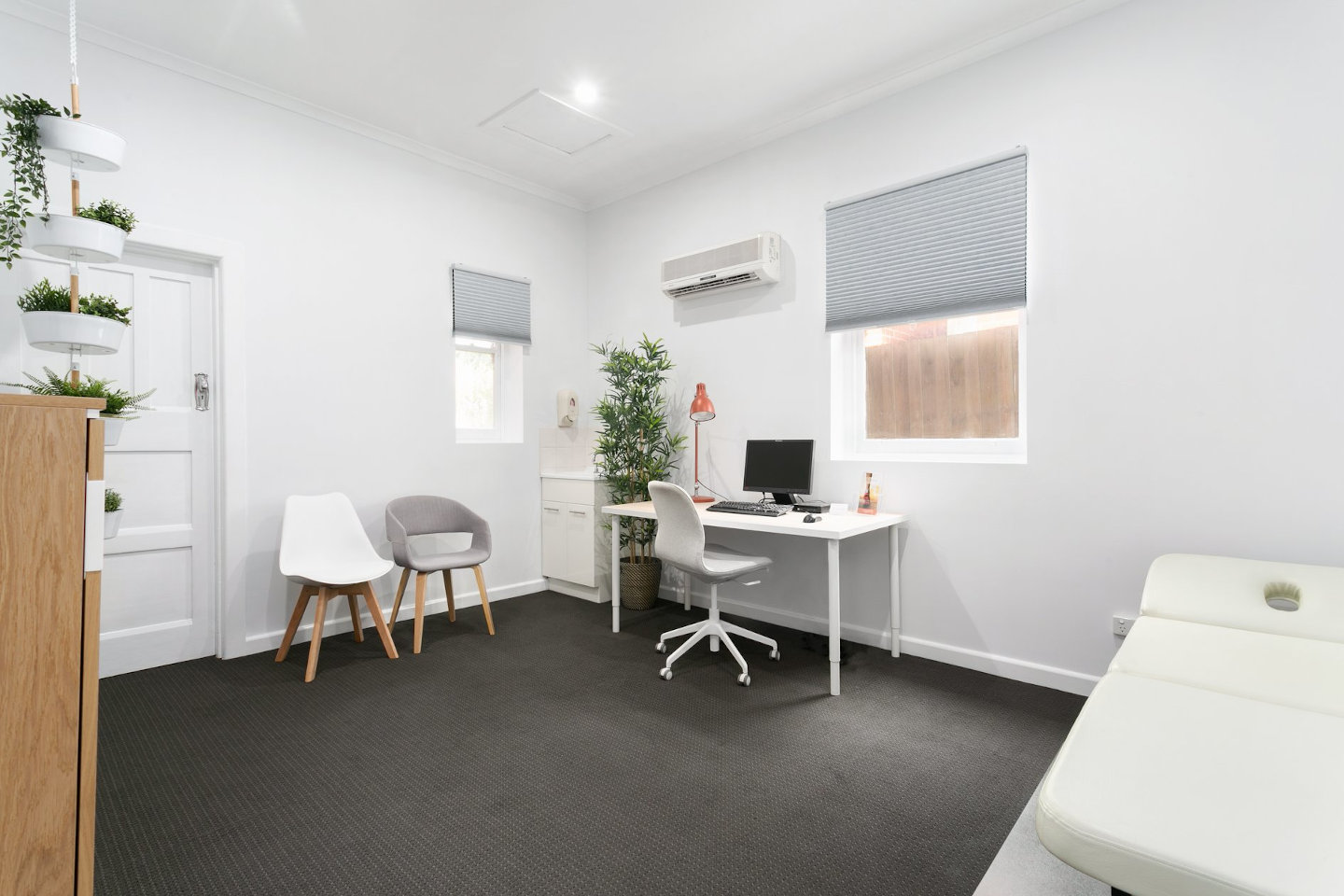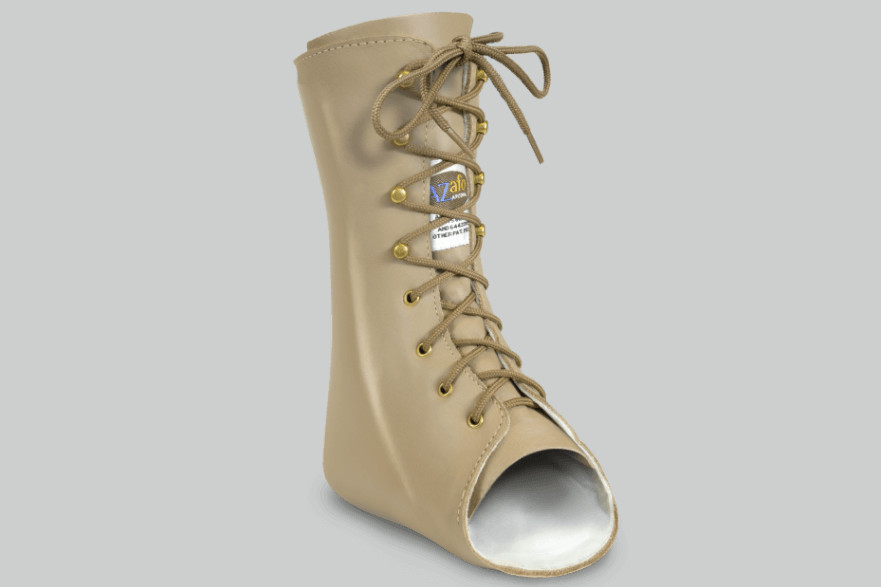Ankle Sprain
A lateral ankle sprain is an injury to one or a combination of the three types of ligaments that comprise the complex on the outside (lateral side) of the ankle.
These ligaments are
1. The anterior talofibular ligament, located frontmost on the ankle.
2. The calcaneofibular ligament, part of the lateral collateral ligament.
3. The posterior talofibular ligament, at the very rear of the ankle.
In the majority of cases, these sprains are caused by an inversion injury, where the ankle rolls outwards, and there is a stretch or tear on one or more of these ligaments. The most common ligament affected by an ankle sprain is the anterior talofibular ligament. It’s also a possibility, depending on the severity of the injury that ligaments other than those on the lateral side of the ankle are damaged.

Ankle Instability
Ankle instability is a condition whereby the ligaments of the ankle become stretched or torn. This can lead to instability in the ankle and pre-dispose patients to frequent ankle sprains. To determine the extent of injury to the lateral ligaments an MRI may be required.
There is evidence to suggest ankle stabilising orthoses are effective in preventing ankle injuries in those with previously injured ankles.
Symptoms of ankle instability include:
- History of significant ankle sprains
- Pain in the lateral area of the ankle
- Swelling on the lateral part of the ankle
- Feeling of instability in the ankle
Treatment for ankle sprains and ankle instability vary depending on the severity or grade of injury, but may include:
To determine the most appropriate treatment for you, we recommend booking an initial consultation to discuss your concerns in more detail.

How Do People Usually Sprain Their Ankle?
Ankle sprains typically occur during periods of activity. As such, many sprains are sports-related, or especially with paediatric patients, dynamic play activities such as jumping on trampolines or jumping castles.
The sports that carry an increased risk of ankle sprains are sporting injuries, netball, tennis and basketball.
The other most common way is due to standing on uneven surfaces.

Ankle Sprain Symptoms
- Pain in the affected area
- Swelling of the ankle
- Bruising
- Difficulty bearing weight (this may vary depending on the severity of the injury)
- Impaired range of motion

Risk Factors for Ankle Sprains
A history of previous sprains can make a patient more susceptible to future sprains because their ligaments might not have healed correctly or they may have an untreated chronic injury.
Certain foot postures can also increase the chances of ankle sprains. Those who have a cavus foot posture, where the foot is in a near-inverted hindfoot position (due to an abnormally high plantar longitudinal arch) are more susceptible to ankle sprains.

Diagnosis of Ankle Sprains
An ankle sprain diagnosis is initially determined via palpation of the affected area.
This will inform the clinician about where the pain is localised, the patient’s range of motion and ability to bear weight as well as the degree of swelling and bruising. This will determine the severity of the sprain.
If the clinician suspects there to be bony involvement, this will need to be determined through an X-ray. Fortunately, for most ankle sprains, there is no bone involvement and this measure will not be required. If bones are affected, it could be a minor fracture of the distal fibula or an avulsion fracture of the 5th metatarsal. An avulsion fracture is where a small portion of bone has been pulled off by the ligament.
Alternatively, the patient might have what is termed a Weber A or a Weber B ankle fracture, which is often caused by an inversion injury as well.

I’ve Sprained My Ankle, What Should I Do?
If your pain is severe or you have excessive swelling, you should either contact your GP or an emergency department for the first diagnosis. These professionals will formulate a treatment plan depending on the outcome of the diagnosis.
From there, a referral to Orthotics Plus can be requested to explore treatment options.
We have multiple clinic locations throughout Melbourne. Minor sprains are able to present directly to the clinic.

Treatment Options at Orthotics Plus
The treatment will vary depending on how many ligaments are involved and how severe the sprain is or the number of ligaments that have been disrupted by the injury.
Lace Up Ankle Brace

A Lace Up Ankle Brace provides inversion and eversion stability.
This type of brace limits the side-to-side movement.
This brace allows for up/down movement of the ankle. We want to promote as much movement as appropriate without the risk of re-injury.
Moon Boot

A moon boot is appropriate for a range of ankle injuries.
They are typically used when the sprain is more than just a grade 1.
They are able to support distal fibula, Weber A and Weber B fractures.
They are also considered when there is soft tissue damage to the area.
Ankle Sprains and Related Lower Limb Conditions
Depending on the mechanism of injury, there may also be a distal fibula fracture or a fifth metatarsal fracture.
If it’s quite a severe sprain, we sometimes consider whether there is a syndesmosis injury, which is sometimes called a high ankle sprain. This type of sprain affects the anterior inferior tibiofibular ligament, the posterior inferior tibiofibular ligament, as well as the interosseous ligament and the transverse tibiofibular ligaments.
If there’s a disruption to the syndesmosis, which is the combination of the four ligaments, then sometimes there are surgical options. Because that creates a disruption to the ankle joints itself, which is a major concern.
Orthotics Plus will escalate all cases appropriately.

Need Acute Ankle Sprain Support? Contact Orthotics Plus Today
Orthotics Plus is able to support many lower limb conditions with our professional treatments.
- We are kind and caring
- We receive referrals from Melbourne-based hospitals, GPs and Physiotherapists for the treatment of foot and ankle conditions
- We work with paediatric (children aged up to 18) and adult patients
- We can refer you to X-rays and other healthcare as required
Take the first step and view our clinic locations for the closest Orthotics Plus to you.

FAQ
Yes.
We receive referrals from people who are prone to inversion injuries, as well as those with flat feet who are more prone to eversion injuries.
Foot Orthotics are designed to offer a degree of alignment and control for the wearer and can assist with the improvement of the biomechanics.
There’s a grade one, grade two and grade three ankle sprain.
Grade one is a slight sprain of the ligament(s).
Grade two is a partial rupture.
Grade three is a complete rupture of the ligament(s).
The grades/diagnoses can vary depending on the number of ligaments involved, the amount of bruising, swelling, and ability/inability to weight bear are all contributing factors.
In terms of prescription, depending on the severity, a lace-up ankle brace or moon boot will provide a degree of ROM control.
We will advise working with a Physiotherapist to assist with reducing unnecessary ankle stiffness in any plane of motion. Physiotherapy after the injury is also a great idea to build strength and build control of the ankle to avoid re-injury.
Normally, we want to reduce side-to-side movement, which is what the aforementioned devices will do, however, we do want to promote up-and-down movement for rehab.
Quite quickly.
We see that patients progress quite well with correct management, but it doesn’t mean that the management’s over. We would look at at least four weeks of rehab from a simple ankle sprain to monitor progress and prevent it from becoming a chronic injury.
Nearly all simple fractures in this region heal well with appropriate management.